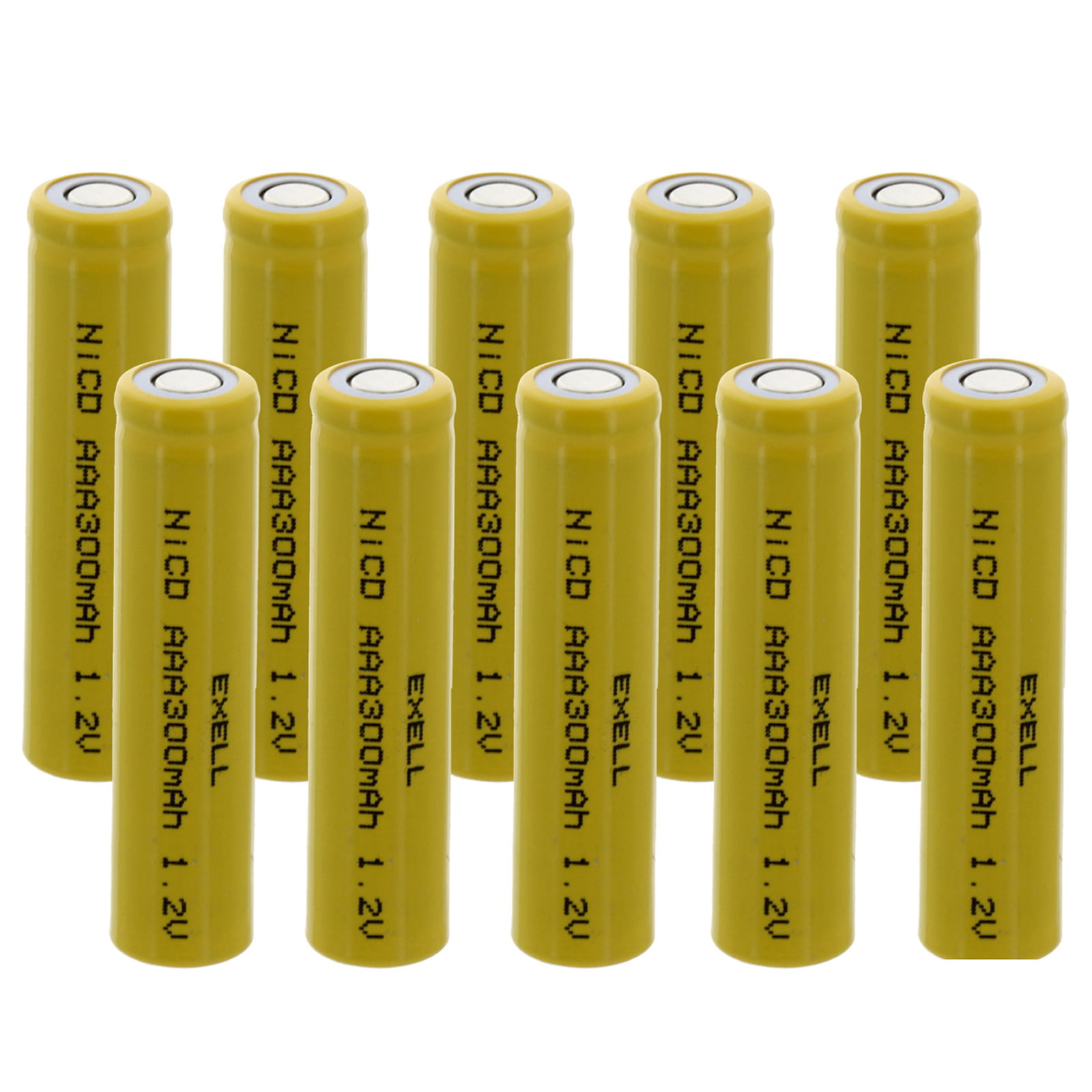
The company should always list charge times on the package or product listing on the website. Since NiMH batteries can fully discharge, they often take longer than lithium-ion batteries to charge. Quality NiMH AA batteries may take up to 4 hours to fully charge. How long it takes to charge the battery, how long the charge lasts, and how many times you can charge the reusable batteries before they no longer work are all important considerations. If you want a long-lasting battery, look for at least 2500 mAh, but some rechargeable batteries can be as high as 2800 mAh. Most AA batteries sit around 2500 mAh, while AAA batteries will be closer to 900 mAh. These differences will also occur between AA and AAA batteries. Avoid mixing batteries with different capacities when running one device as a lower capacity will drain much faster, negatively impacting both of the batteries being used.įor example, when looking at NiMH AA batteries, a disposable option should be anywhere from 1200-2000 mAh, while a rechargeable should sit between 1700-2500 mAh. Without getting too deep into it, what you need to know is the higher the mAh, the longer the battery should last. Most rechargeable batteries list this as the electric power in milliamp-hours (mAh). The type of battery can have a considerable impact on how well they work for your needs, but the next thing to look at is the battery’s energy capacity. An alkaline battery is the best option when you want to power something that you use daily but doesn’t need a ton of power to function (like a clock or remote).
Alkaline: with a long battery life and high energy output, alkaline batteries are ideal for low-to-mid-drain electronics. Since they have good pulse power performance, it makes sense they work well for power tools. While these tend to have a pretty level power output (flat discharge), they can fall off fast as the battery depletes. NiCD: an affordable battery type, NiCD batteries are popular for power tools. While they are durable, they can take longer to charge and have the potential to self-discharge. These are ideal for powering things like lights, cameras, and other electronics that use a lot of power. NiMH: potentially the most widely used rechargeable batteries, they are long-lasting and have a very high energy capacity. They are not the most powerful battery option, but they are reliable. They store well, do not self-discharge, and charge quickly. Lithium-Ion: lightweight, powerful, and easy to charge, lithium-ion batteries are generally used for things like phones, laptops, and solar panels. Knowing the difference between them can help you decide which kind fits your needs best.Įven though those two are potentially the most widely used, there are four types of rechargeable batteries sold for at-home use: Lithium-ion and nickel-metal hydride (NiMH) is likely the most common type of battery you’ll see when shopping for rechargeable batteries. Things to Consider Before Buying Rechargeable Batteriesīeyond how many batteries you need and the size (AA, AAA, etc.), knowing the type of battery, battery capacity, how it charges, and how long it will last should all be considered before buying rechargeable batteries. The best rechargeable batteries will not only be affordable, but they are long-lasting, easy to charge, and compatible with your devices. When buying rechargeable batteries, you want to make sure they are made well enough and perform for years to justify the purchase. While you can recycle all batteries, this type of recycling isn’t very accessible to consumers. Single-use batteries not only add up in dollar signs but also waste (including improper disposal in landfills). 
Usually, rechargeable batteries are a bit more expensive up front, but the future cost-benefit will make it all worth it.
Best rechargeable batteries upgrade#
However, you don’t need to upgrade an older electronic that runs off AA or even AAA batteries when you can get rechargeable batteries instead. Rechargeable batteries are becoming less popular as more of our devices become rechargeable.





 0 kommentar(er)
0 kommentar(er)
